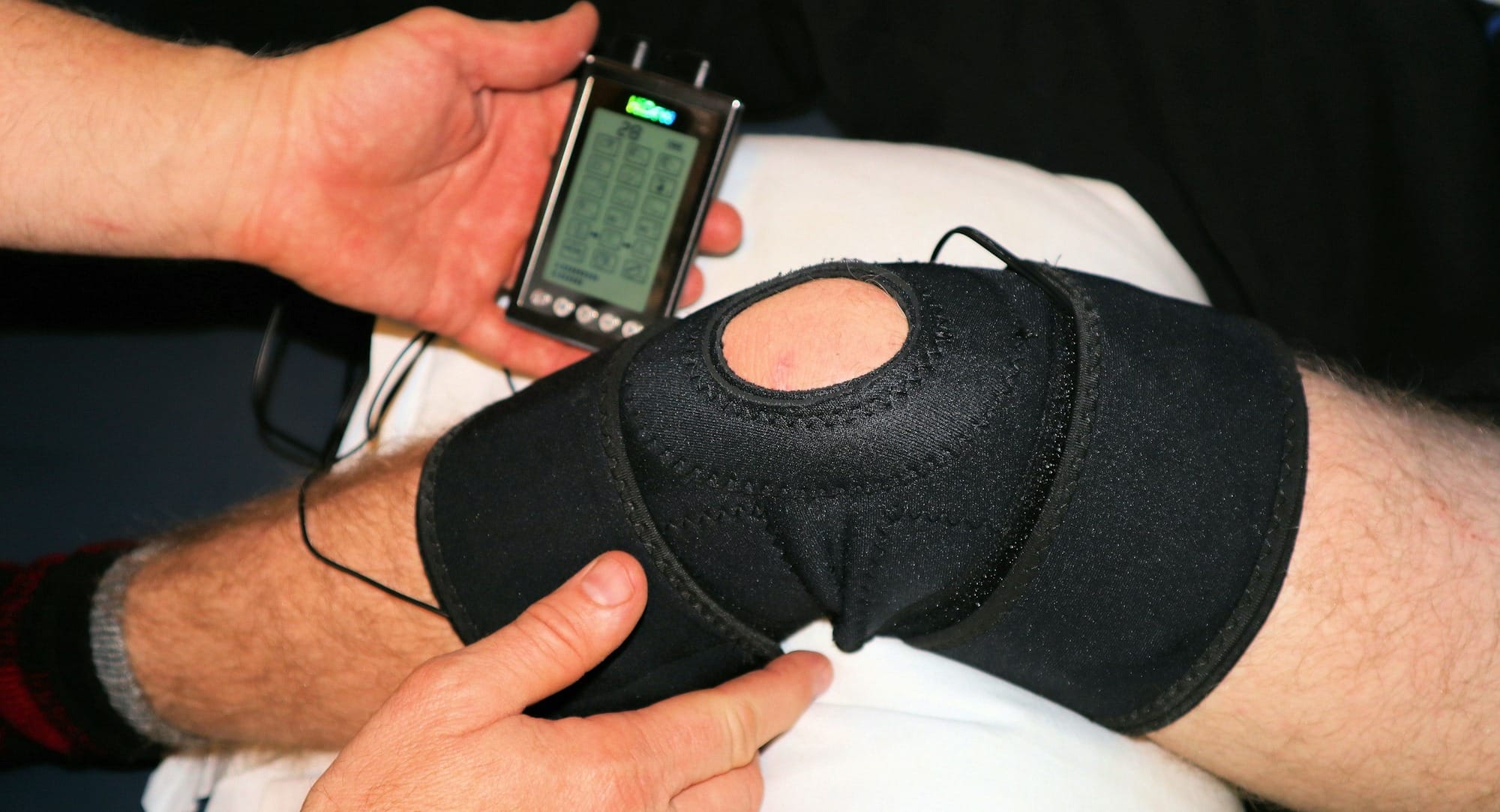Knee pain is a common issue that affects people of all ages. Whether it's due to arthritis, injury, or overuse, knee pain can significantly impact your daily activities and overall quality of life. While there are various treatments available, many people are turning to natural remedies for relief. One such remedy is castor oil, which has been used for centuries for its anti-inflammatory and healing properties. This article will explore how to use castor oil to treat knee pain, supported by scientific evidence and practical application tips, as indicated by the visuals emphasizing its effectiveness.
Understanding Knee Pain
Knee pain can arise from several conditions, including:
- Osteoarthritis: A degenerative joint disease causing cartilage breakdown.
- Rheumatoid Arthritis: An autoimmune disorder leading to inflammation of the joint lining.
- Bursitis: Inflammation of the fluid-filled sacs (bursae) that cushion the knee.
- Tendonitis: Inflammation of the tendons around the knee.
- Injuries: Such as ligament tears or meniscus injuries.

Benefits of Castor Oil
Castor oil is derived from the seeds of the castor plant (Ricinus communis) and is rich in ricinoleic acid, a fatty acid with potent anti-inflammatory properties. The benefits of using castor oil for knee pain include:
- Anti-inflammatory Properties: Ricinoleic acid helps reduce inflammation in the joints.
- Pain Relief: Castor oil can help alleviate pain through its soothing properties.
- Improved Circulation: Applying castor oil can enhance blood flow to the affected area, promoting healing.
- Moisturization: It keeps the skin and tissues around the knee well-moisturized, which can aid in recovery.
How to Use Castor Oil for Knee Pain
There are several ways to use castor oil for knee pain. Here are the most effective methods:
1. Castor Oil Massage
Massaging castor oil directly onto the knee can help reduce pain and inflammation.
Instructions:
- Warm the Oil: Warm a small amount of castor oil in a microwave or a bowl of hot water. Make sure it is warm but not too hot to avoid burns.
- Application: Apply the warm castor oil to the affected knee using gentle circular motions.
- Massage: Massage the oil into the skin for about 5-10 minutes to enhance absorption.
- Leave On: Leave the oil on the skin, covering the knee with a soft cloth or bandage if desired.
- Frequency: Repeat this process 1-2 times daily for the best results.
2. Castor Oil Pack
A castor oil pack can provide more extended relief by allowing the oil to penetrate deeply into the tissues.
Instructions:
- Materials Needed: Castor oil, a piece of flannel or cotton cloth, plastic wrap, and a heating pad.
- Soak the Cloth: Soak the cloth in warm castor oil until it is saturated.
- Apply the Pack: Place the soaked cloth over the affected knee.
- Cover and Heat: Cover the cloth with plastic wrap and place a heating pad over it. The heat will help the oil penetrate deeper into the tissues.
- Duration: Leave the pack on for about 30-60 minutes.
- Frequency: Use the castor oil pack 3-4 times a week for the best results.
3. Castor Oil and Essential Oils Blend
Combining castor oil with essential oils like eucalyptus or peppermint can enhance its pain-relieving properties.
Instructions:
- Mix the Oils: Combine 1-2 tablespoons of castor oil with a few drops of essential oil.
- Application: Apply the blend to the knee and massage gently.
- Leave On: Leave the oil blend on the skin, covering it if desired.
- Frequency: Use this blend once daily to help reduce knee pain.
Precautions
While castor oil is generally safe for topical use, it's essential to take some precautions:
- Patch Test: Perform a patch test by applying a small amount of castor oil to the inside of your wrist. Wait 24 hours to see if you have any allergic reaction.
- Avoid Open Wounds: Do not apply castor oil to broken or irritated skin.
- Consult a Doctor: If you have any underlying health conditions or are pregnant, consult your doctor before using castor oil.
Scientific Evidence Supporting Castor Oil
Several studies support the use of castor oil for pain relief and its anti-inflammatory properties. A study published in the Journal of Naturopathic Medicine found that castor oil packs significantly reduced pain and improved function in patients with knee osteoarthritis. Another study in Phytotherapy Research highlighted the anti-inflammatory effects of ricinoleic acid, the main component of castor oil, which helps reduce inflammation and pain.
Conclusion
Castor oil is a natural and effective remedy for managing knee pain. Its anti-inflammatory and pain-relieving properties can help alleviate discomfort and improve mobility. By incorporating castor oil massages, packs, and blends into your routine, you can experience significant relief from knee pain. The visual representation underscores the importance and effectiveness of castor oil in treating knee pain, emphasizing the need to explore natural remedies for better health outcomes. Always remember to consult a healthcare professional before starting any new treatment to ensure it is safe and appropriate for your condition.

